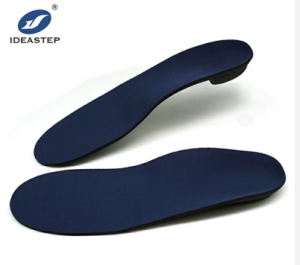
Elderly people may need insoles or orthotics for several reasons, including:
1. Foot conditions
With age, individuals may develop various foot conditions such as arthritis, plantar fasciitis, flat feet, bunions, or hammertoes. These conditions can cause pain, discomfort, and difficulty with walking or standing. Insoles provide cushioning, support, and proper alignment to alleviate these issues.
2. Reduced fat padding
As we age, the natural fat padding on the soles of our feet tends to diminish. This can lead to increased pressure on certain areas of the feet, resulting in pain or discomfort. Insoles can help distribute the body weight more evenly and provide additional cushioning to compensate for the loss of fat padding.
3. Arch support
Many elderly individuals experience a decrease in arch height or the development of fallen arches (flat feet). Insoles with arch support can help maintain proper foot alignment, reduce strain on the arches, and provide stability during walking or standing.
4. Balance and stability
Older adults may face challenges with balance and stability due to factors such as muscle weakness, changes in vision, medication side effects, or neurological conditions. Insoles designed for stability can improve balance, reduce the risk of falls, and provide a sense of confidence during daily activities.
5. Shock absorption
Aging can make the feet more susceptible to impact-related pain or discomfort. Insoles with shock-absorbing properties can help cushion the feet, reduce the transmission of shock to joints, and mitigate the risk of injuries.
It’s important for elderly individuals to consult with healthcare professionals, such as podiatrists or orthopedic specialists, who can assess their specific needs and recommend appropriate types of insoles or orthotics based on individual foot conditions, gait analysis, and overall health status.
